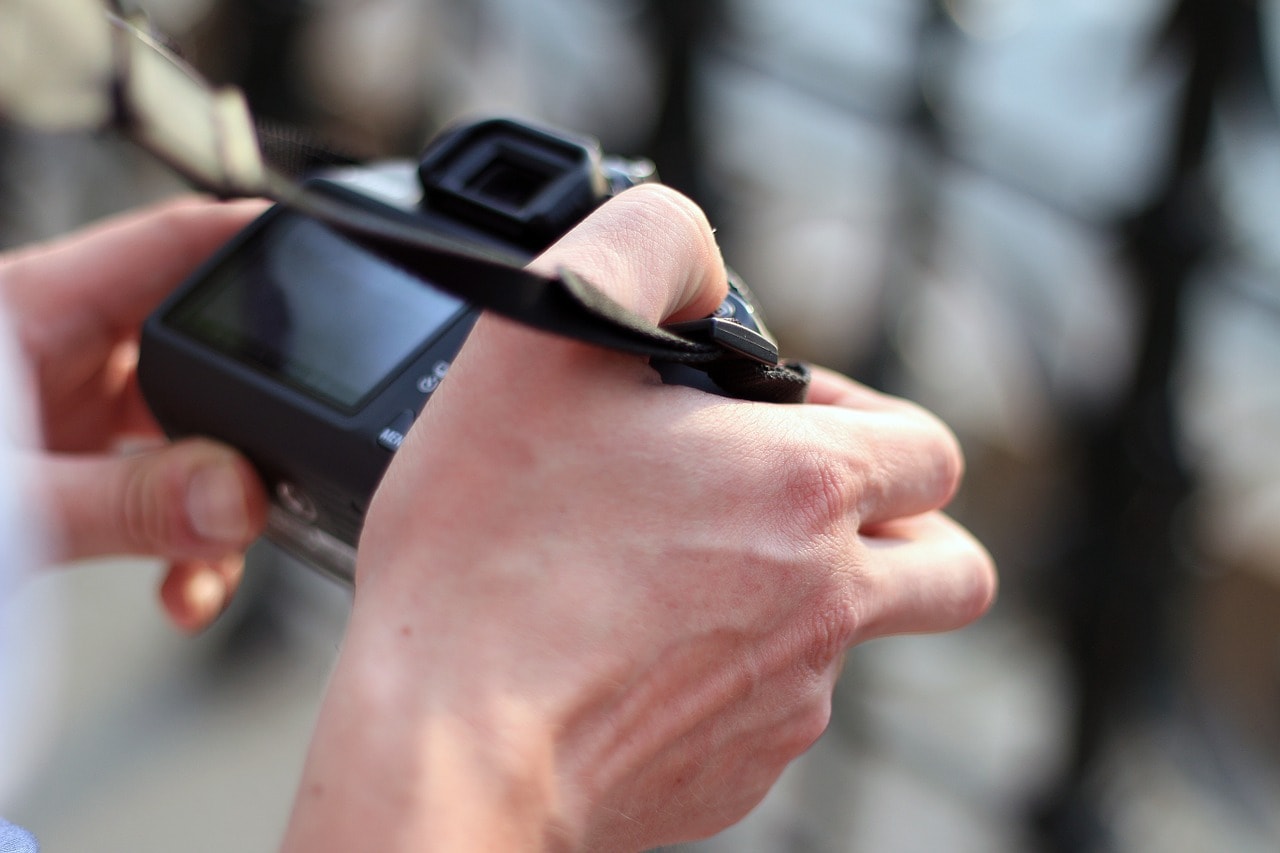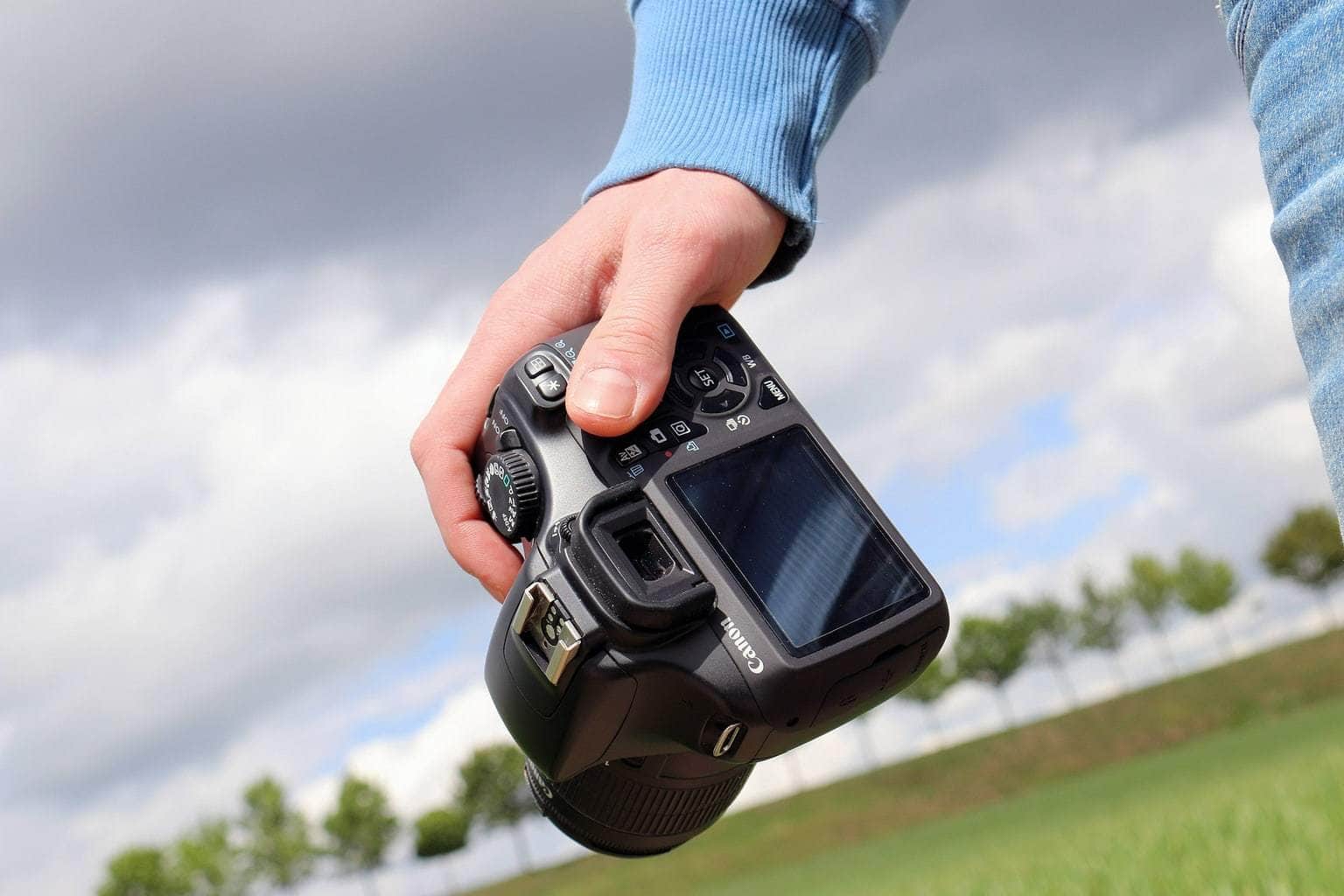Compact cameras have their advantages, I won't deny it, but where a good SLR is, compact ones should be removed. I think it's great that you can take your compact camera everywhere, it's a pain to carry around 2 kilos of SLR, changing lenses depending on what you want to photograph, yes, yes, but I don't separate myself from my SLR. In photography nothing fulfills me as much as my humble Nikon D7000 does. Not because it's Nikon. That's silly. It could be Pentax or Sony. I would love her just as madly.
If SLRs fill me up so much, it is, to a large extent, due to the infinite possibilities that they allow me when it comes to preparing and shooting a photo. I'm not just talking about manual mode, being able to set the aperture and shutter speed is amazing, but most of all I love the myriad of options I can adjust before taking a photo. Aspects that a compact camera does not offer, and in which a photographer with a compact camera would not notice, but when you experience them with an SLR... you drool.
Do you know all the options, tricks and ins and outs of your SLR camera? Knowing them will help you to master it, to communicate better with it, and to obtain photographic results that will impress you before others.
Does the idea appeal to you? Keep reading. In today's article I reveal a few tricks that will help you get the most out of your SLR camera, beyond being able to control the aperture and shooting speed ?
TRICKS TO MASTER YOUR SLR CAMERA
1) Don't you see it completely clear? Adjust the diopter: One of the buttons we pay the least attention to is the diopter adjustment. It is not usually touched because normally it is not necessary, but it is convenient to know it and know what it is for, since it can save us a silly visit to the technical service. The diopter adjustment is mainly used to adjust the diopter of the camera's viewfinder and make sure that the focus we take with the camera in a photo results in a truly focused and sharp photo.

The diopter adjustment is a small wheel-shaped button usually located near the viewfinder. Sometimes we can accidentally touch it, and inadvertently spoil the dioptric adjustment. This can manifest itself in a frame that is impossible to focus. It's when you start to think that your camera has broken, you run home, and worriedly ask if anyone has seen the warranty sheet that came in the camera box. Don't worry, your camera is still focusing correctly. Readjust the viewfinder diptry ?
2) Ultra-precise focus: Sometimes the camera's autofocus gets it wrong. Others, even when you focus manually, later when you review the photo on the computer you notice a slight deviation in focus. I wish you could go back to get her into proper focus again, you think.
Do not worry, starting today, if you are worried that a photograph will come out very sharp, and that a particular point will come out very, very focused, look at a couple of buttons on the back of your reflex camera, with a magnifying glass symbol or the + and - signs. These buttons are normally used to make the photo larger or smaller once taken, but did you know that you can use them even before taking the photo, when you are framing it and focusing on your subject? For that you should do without the viewfinder for a moment and use the Live View function of your camera, that function that allows you to observe through the screen, live, what you are about to photograph. With Live View activated and the framing displayed on the screen, use the magnifying glass or the + button located on the side of the camera screen, and you will see how the camera does a kind of digital zoom on the subject. This will allow you to take a closer look at the correctness of the approach. What do you see that is not accurate? You focus again until you leave the focus at the exact point you wanted.
Done. Now shoot!
3) Color space: We won't go into complicated technical explanations, but the color space determines how wide or narrow the range of colors the camera will use. There are several color spaces and each one has its advantages and its usefulness. Your camera will most likely come with sRGB as the default color space. This is a good option if you are going to save or print your photos without modifying them. On the other hand, if you are one of those who are not satisfied with the result of the camera and you usually touch up your photos, add some contrast, enhance the color and other adjustments, I recommend that you modify the color space to Adobe RGB. This color space presents a greater range of colors, provides a greater richness of color and a more faithful image to reality, as well as giving you more flexibility when working with your photos or printing them.
4) Do not delete. Format: Deleting one or two photos on the fly is fine, but between photo shoots, don't just delete photos one at a time. Don't even settle for hitting the “Delete all at once” option . If you're going to start a new photo shoot, there's nothing like starting with a completely clean memory card, like new. You do this by "formatting" the card.
Deleting makes us no longer see the photos on a card, but there are still traces of those photos behind. You won't see them, but erasing once, then again, then again, and again, and again, after a while the camera just messes up. The best and cleanest is to format the card.
Furthermore, if you use the same memory card in one camera and then in another, it is essential to format it from the same camera in which you are going to use it. This makes sure that the camera saves the photos correctly.
5) High ISO noise reduction, or long exposure: Your SLR camera sometimes produces noise. It is something inevitable that happens to everyone. Your camera is aware of this and, if yours is modern, it will most likely offer you the option of noise reduction from the camera itself within its generous configuration menu. Once you have the option activated, whenever you take a photo susceptible to accumulating noise as a result of a very high ISO, or a long exposure time, it will be the camera itself, automatically and on the go, which will take care of it. reduce that noise.
Look for this option and activate it.
Did you know these settings? Will you experiment with them the next time you pick up your camera?
Tell me if you liked this article or give it a recommendation/vote on Facebook, Twitter or Google+. Next week I will bring you a few more tricks like these, some of which I am sure will come in handy for your camera.


